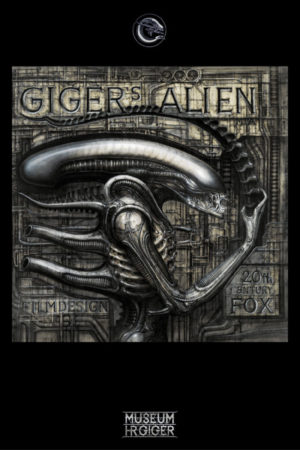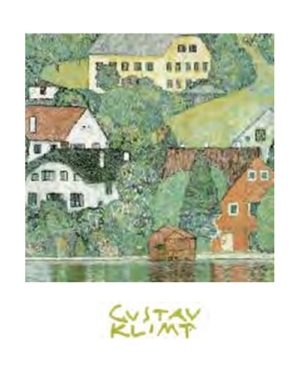Hans Ruedi Giger (5 February 1940 – 12 May 2014) was a Swiss artist best known for his airbrush images of humans and machines connected in cold biomechanical relationships. Giger later abandoned airbrush for pastels, markers and ink. He was part of the special effects team that won an Academy Award for the visual design of Ridley Scott’s 1979 sci-fi horror film Alien. His work is on permanent display at the H.R. Giger Museum in Gruyères. His style has been adapted to many forms of media, including record album covers, furniture and tattoos.
His design for the Alien was inspired by his painting Necronom IV and earned him an Oscar in 1980. His books of paintings, particularly Necronomicon and Necronomicon II (1985) and the frequent appearance of his art in Omni magazine contributed to his rise to international prominence. Giger was admitted to the Science Fiction and Fantasy Hall of Fame in 2013. He is also well known for artwork on several music recording albums including Danzig III: How The Gods Kill by Danzig, Brain Salad Surgery by Emerson, Lake & Palmer, Attahk by Magma, Heartwork by Carcass, To Mega Therion by Celtic Frost, Eparistera Daimones and Melana Chasmata by Triptykon, Deborah Harry’s KooKoo, and Frankenchrist, by the Dead Kennedys.
In 1998, Giger acquired the Saint-Germain Castle in Gruyères, Switzerland, which now houses the H.R. Giger Museum, a permanent repository of his work.
SOURCE
Product Description
When Alien arrived in theaters in May 1979, it introduced us to a horror icon: the predatory Xenomorph. Giger was a Swiss artist who had studied architecture and industrial design and produced surreal, gothic artwork. Alien screenwriter Dan O’Bannon had met Giger while the two had been involved with Alejandro Jodorowsky’s failed Dune movie, and he recommended that the artist be brought on to Alien to help inspire the look of the film’s titular antagonist. Director Ridley Scott was taken with Giger’s work and ultimately pulled the creature directly from one of his illustrations. …a couple of things that make the Xenomorph such a lasting icon, and how that fed into the story itself. The creature is deeply unsettling, a weird mash-up of human and alien that departs from what film has typically used for creatures to that point. Giger noted that he wanted it to be beautiful and graceful, rather than something that’s gross or disgusting. Giger’s aesthetic informed the broader production design for the movie. Giger helped design many of the sets and costumes, including the Xenomorph — which included a real human skull. …the Xenomorph has no equal in film…there are few icons that come anywhere close to matching the horrifying nature of Giger’s creation, and it’s likely to stay that way. SOURCE: The Verge
Add character to any space with this fantastic GIGER ALIEN poster from our ART range. Our MAXI wall posters are very affordable without compromising on high quality. We’ve hundreds of unique posters, including FILM HORROR ART images and album posters.
Your poster will be carefully rolled into a tube (not folded) and dispatched quickly. Tracking details will either be emailed to you or uploaded to your PayPal transaction details.
Do you want to add that extra touch to your GIGER ALIEN poster? Explore our laminating, blockmounting, and framing options to give your chosen artwork a polished finish.
If you need your poster to be a specific size, please check with us before ordering so we can measure the item. The actual size might differ slightly from the measurements displayed.






Reviews
There are no reviews yet.